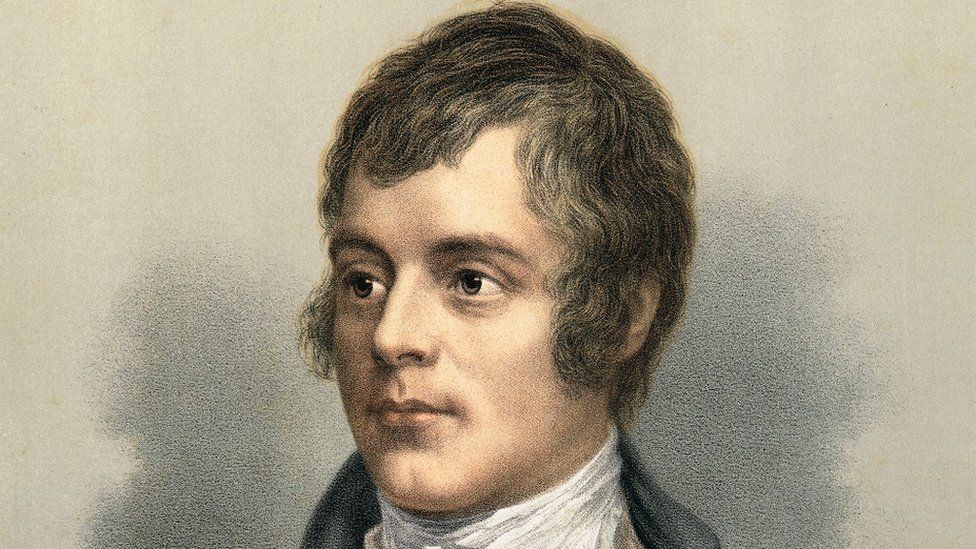-

-
-
Loading

Loading

A new investigation has revealed that counterfeit Robert Burns manuscripts, created in Edinburgh 140 years ago, are still being traded for millions of pounds. The fraudulent documents were produced by a forger named Alexander Smith in the 1880s and have been deceiving collectors for over a century. The scam is being explored in the BBC Scotland programme "Scams and Scandals, Counterfeit Art," hosted by Prof David Wilson. Despite the forger being caught and sentenced to prison in 1893, many of his fake manuscripts continue to circulate. Genuine Burns manuscripts can now fetch tens of thousands of pounds at auction, making the counterfeit papers a lucrative business. Prof Gerard Carruthers, co-director of the Centre for Robert Burns Studies at Glasgow University, has been investigating the scam and identifies specific clues to spot fraudulent documents such as a blue tint or roughness of the paper. He also shared examples of collectors who have fallen victim to the forgeries, even though they were well-versed in spotting scams. Alexander Smith, the forger, was a clerk in an Edinburgh law office who used blank flyleaves from old books to create the counterfeits. He purchased batches of old books from second-hand stores and managed to sell and pawn his fake manuscripts until the scam was exposed in 1891. Prof Carruthers mentioned that the New York Public Library holds the largest collection of Smith's forgeries with 157 manuscripts, and it is estimated that over 500 of his forgeries are still in circulation. The investigation will be featured in the episode "Counterfeit Art" of the TV series "David Wilson's Crime Files: Scams and Scandals," which airs on BBC Scotland and is available on iPlayer.